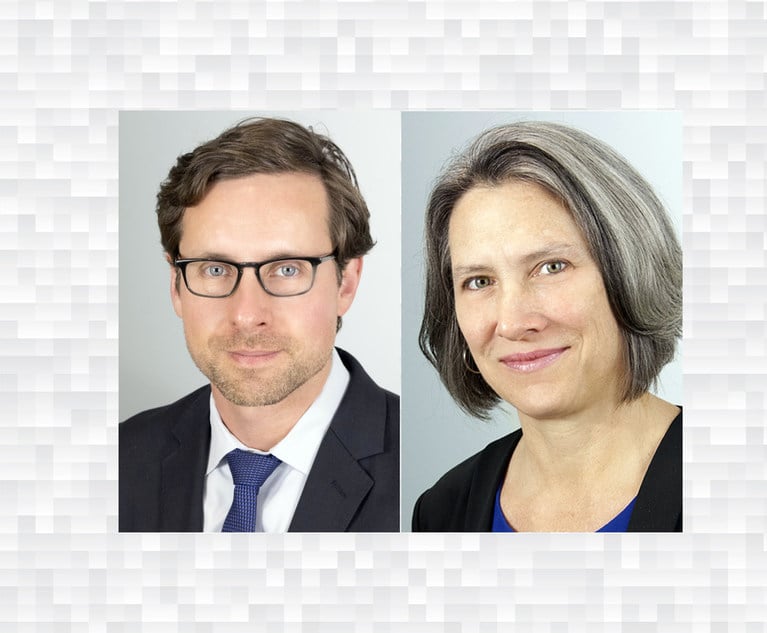States and cities are striving to improve air quality and reduce greenhouse gas (GHG) emissions in an era when the federal government is moving in the opposite direction. They can take some comfort in the fact that many sources of emissions—electricity generators, heating and cooling systems in buildings, and other stationary sources—remain within state and local control. Not so with vehicles, which account for 23 percent of GHG emissions in New York City. Federal law pre-empts direct state and local regulation of mobile source or “tailpipe” emissions and now the EPA has proposed a substantial rollback of fuel efficiency and emission standards for passenger vehicles. While it remains to be seen whether that rollback (if enacted) will withstand legal challenge, state and local governments have found creative ways to reduce emissions from passenger and commercial vehicles without crossing constitutional lines. A prime example is New York City’s current effort to reform the commercial waste hauling industry by bidding out the right to operate trucks in specific geographic zones. Preliminary studies suggest that rationalizing collection routes would substantially reduce vehicle miles traveled and, in turn, emissions of air pollutants and GHGs.
Commercial Waste Hauling in NYC
As is the case in many large cities, New York’s public sanitation trucks do not service most commercial buildings. The NYC Department of Sanitation only services residences, government buildings and some institutions. This results in dozens of private carting companies competing for commercial customers in all five boroughs. Many carters have long, indirect and scattered pickup routes throughout the city that are often duplicative of the routes of competitors. Garbage trucks running on diesel fuel thus contribute significantly to air quality problems.


 L-R Christopher Rizzo and Karen Meara, Carter Ledyard & Millburn.
L-R Christopher Rizzo and Karen Meara, Carter Ledyard & Millburn.




